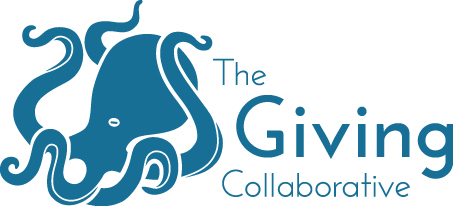A TGC Informal Roundtable Discussion
In November, TGC hosted an informal roundtable with three nonprofit hospital clients to discuss their Gifts of Gratitude Programs. All three were in the early stages with only one running its program for close to two years. It was an interesting conversation and one worth sharing with our partners. Two important take-aways became clear: 1) it’s a long play; and 2) relationships are key.
Gifts of Gratitude Defined
Prior to the roundtable, we spent some time researching the definition of a gift of gratitude. Based on various sources, we believe the below definition captures it well.
A Gift of Gratitude allows patients and their families to honor their caregivers for exceptional and compassionate care.
Pretty simple and pretty powerful. In fact, it is so powerful that one of our roundtable participants uses a grateful patient story in training sessions with its physicians. Physicians are often reluctant to share patient names with the development office even when the grateful patient asks, “What can I do to give back after receiving such compassionate care?” A physician responding, “Nothing. It’s part of my job” while good intentioned, the physician doesn’t realize how negatively that can be received. Patients don’t want to be dismissed. Once doctors heard from a grateful patient about how important it was for her to give a gift in recognition of her care, how it was actually a part of her path to recovery, then they understood. It’s not a violation of the doctor-patient relationship, but rather a continuation of the healing process.
The Long Play
Gifts of Gratitude Programs take time. They are not something that once established will show results overnight. The program is built on trust and stewardship; both of which take years to establish between the development team and the caregivers. Our roundtable participants experienced that first hand. It’s not enough to have the collateral available in patient rooms or in exit materials. If the development team hasn’t been a part of a well-established grateful patient program with the physicians and nurses, then those brochures will get lost.
One hospital that has been working on its program for the past year and half just now started to see results with $200,000 in gifts through the program with 12 very active physicians. They plan to expand their program to include nurses and have budgeted to hire a part-time nurse and a part-time physician to do rounding as part of the program. They know how important it is to the train the hospital staff to say, “Here’s how you can help.” They want to double their current 4-5 referrals a month. They recognize that this is a long-term commitment and have spent time talking with other successful hospital development teams that have had programs in place for 5 or more years.
Relationships
In order to gain the trust of the caregivers, the development team must recognize the importance of nurturing those relationships. One hospital assigns gift officers to its active physician participants in the Gifts of Gratitude Program. Those gift officers meet monthly one-on-one with each physician reviewing lists of grateful patient names and strategizing best approaches. The hospital CEO is also involved and invites physicians and nurses to training events. The development office communicates the success of the program and congratulates physicians on gifts received. The development team also recognizes the importance of peer-to-peer training and invites physicians to train other physicians or nurses to train nurses.
Everyone who participated in the roundtable saw the importance of a Gifts of Gratitude program. It helped to hear from others and know that the program takes time before really showing results. Patience and persistence were words of advice provided. Be in it for the long term, take the time to build trust, and continually nurture those relationships with the caregivers.


About The Author: Heather Crowley
A seasoned development and marketing professional, Heather is TGC's Vice President and Chief Creative Officer and has been consulting exclusively with nonprofits for the past eight years. She has previous expertise working on marketing and development consulting projects in the telecommunications, health and fitness, and financial services industries.
More posts by Heather Crowley